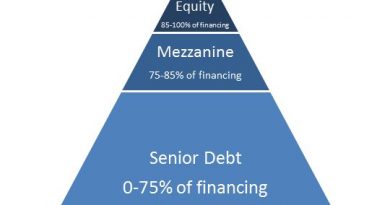Trailing Measures Uses and Related Terms
Contents
Trailing Measures: Uses and Related Terms
What Is Trailing?
Trailing refers to a measurement, indicator, or data series that reflects a past event or observation. It is usually attached to a specified time interval by which the data trail or over which that data are aggregated, summed, or averaged. Trailing data and indicators reveal underlying trends but can delay recognition of trend turning points. Trailing can also refer to a stop order used by traders.
Key Takeaways
- Trailing refers to a metric, data, or indicator that trails behind the current reading of a price or other measurement or data series.
- Trailing measures can be useful to get at the underlying trend in data and smooth out short-term random noise.
- Trailing data or indicators can help make decisions for investors or businesses by comparing current data to trailing values or trends.
Understanding Trailing
Trailing data or indicators smooth out day-to-day noise and random variation in a data series. This helps reveal underlying, longer-term trends to support financial, investment, or business decision making. However, trailing data or indicators will not react immediately to turning points and shifts in the trend, as they are always backward-looking and lag behind up-to-date data.
Trailing data or indicators guide decisions based on the relationship between current data and the underlying trend reflected in the trailing indicator. For example, if a stock price crosses above its trailing 3-month average, this might signal a rising trend and a buying opportunity.
The number attached refers to the most recently completed time period, such as 3-year or 12-month. It is commonly used as "trailing 3-year,” "trailing 12 months," "trailing three months," or "trailing six months.”
Trailing is often attached to a return, ratio, or risk measure to describe the time that a particular set of data refers to. The trailing 3-year standard deviation is commonly used as a measure of risk for an investment fund. The trailing 3-year alpha can show how well an investment manager has outperformed their benchmark.
Types of Trailing
Fundamental Stock Analysis
Fundamental stock analysis often uses trailing characteristics in modeling processes, such as trailing free cash flow, trailing dividend yield, or trailing price-to-earnings (P/E), price-to-sales (P/S), and price-to-book (P/B) ratios. For example, the earnings in a trailing price-to-earnings ratio refer to the past earnings per share over a certain period, usually 12 months. Trailing 12 months is denoted by the acronym "TTM."
Financial Metrics
Trailing can also describe concrete business statistics outside of financial metrics, such as same-store sales, total unit volume of sales over time, production levels and output, production efficiency or cost metrics, or other data relevant to a business’s operation or production process. These can help business managers make better operational or strategic decisions, or investors gain deeper insight into a company.
Trading Technique
Trailing can describe a technique, such as a trailing stop order, in which a buy or sell order is linked to a specified relationship between a current price and a limit price set a specified amount or percentage above or below the price. For example, as a price rises, a trailing stop set 10% below will also rise with the trend. Trailing stops move in one direction, so if the current price falls, the trailing stop stays 10% below the peak price and is triggered if the current price falls by 10% below its peak. Trailing stops can also be used for sell orders with the stop set above the current price.



